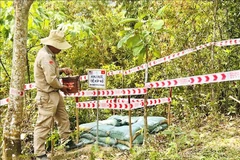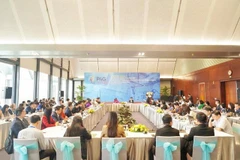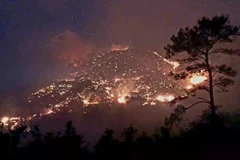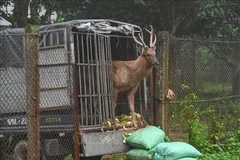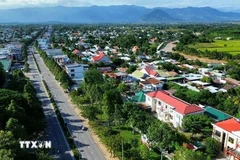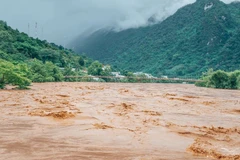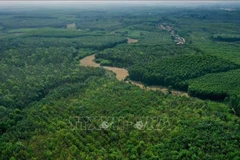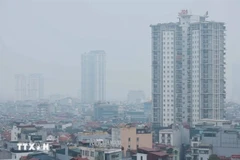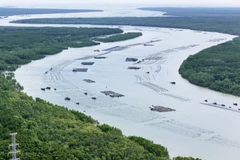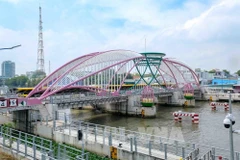Thedelta's annual flooding along the Mekong River is conforming less andless to norm because of the impact of climate change, construction ofhydropower plants upstream, the delta's rapid urbanisation, and thebuilding of dykes to enable a third rice crop (autumn-winter).
Speakingat a seminar held in An Giangprovince on August 22, Luong Quang Xo,Deputy Head of the Southern Institute for Water Resources Planning, saidflood control plans should include several concurrent measures.
Themeasures must include using advanced technologies to control and warnabout floods, restructuring cultivation schedules, increasing people'sawareness about living with floods, promoting the benefits of theflooding, and limiting losses, he said.
Tang DucThang, DeputyDirector of the Vietnam Academy for Water Resources, said flood controlmeasures should not have any impact on the natural flow of rivers toavoid erosion and other effects.
There should be space for thefloods because they also bring fertile silt, wash alum and salt from thesoil, and balance the delta's biodiversity, he pointed out.
Floodcontrol plans should be carefully assessed for effectiveness,especially the building of dykes to protect the autumn-winter rice cropsince they are expensive to build, he said.
Besides, the building of dykes has increased the pressure in the rivers both upstream and downstream, he said.
Atthe seminar, the Southern Institute for Water Resources Planningpresented two scenarios for flood control plans in the delta for thisdecade.
Xo said the first of them was more feasible.
Itenvisages a cost of 44.5 trillionVND (2.1 billion USD) to build orupgrade projects to protect agriculture, infrastructure, and residents'safety.
The area under summer-winter rice in deeply flooded areas in An Giang, Dong Thap, and Long An will be 149,000ha.
Ifthe Government approves this plan, 13 dykes will be built in Vinh Longprovince and Can Tho city, works along the coast will be completed, andflood drainage canals linking the Hau River with the sea will be dredgedand upgraded in 2015-20, according to the Irrigation Department.
DeputyMinister of Agriculture and Rural Development Hoang Van Thang saidsince flood-control plans involve many sectors, research groups shouldre-evaluate those that have already been implemented.
Authorities' and local people's awareness of the benefits of floods needs to improve to harness them, he said.
In the delta, 23,678km of dykes have been built to protect more than 530,000ha of rice fields.
The flood season, which normally begins in August, inundates fields to a depth of 0.5-4 metres for three to six months.-VNA

